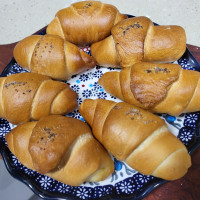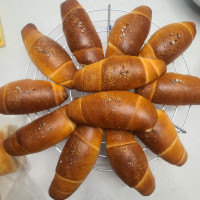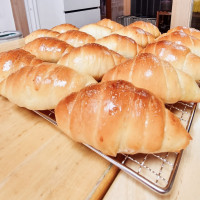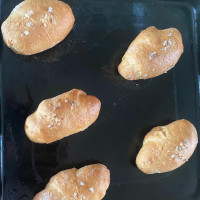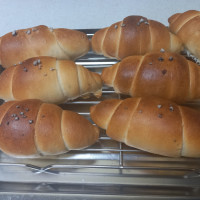
Making savory and delicious salt bread
I made salt bread that I thought I should make from before I'll tell you the recipe for salt bread that made it more delicious because it felt moist on the outside. :)
3 serving
Within 999 minutes

눈크미
- Ingredients
-
-
Strong flour150g
-
Soft flour50g
-
Sugar15g
-
Salt4g
-
East4g
-
Milk30g
-
Water90g
-
Butter12g
-
Butter30g
-
Saltlittle
-
- Cooking Steps
-
STEP 1/19Put strong flour and soft flour in a wide bowl and let go of sugar, salt, and yeast so that they do not stick.
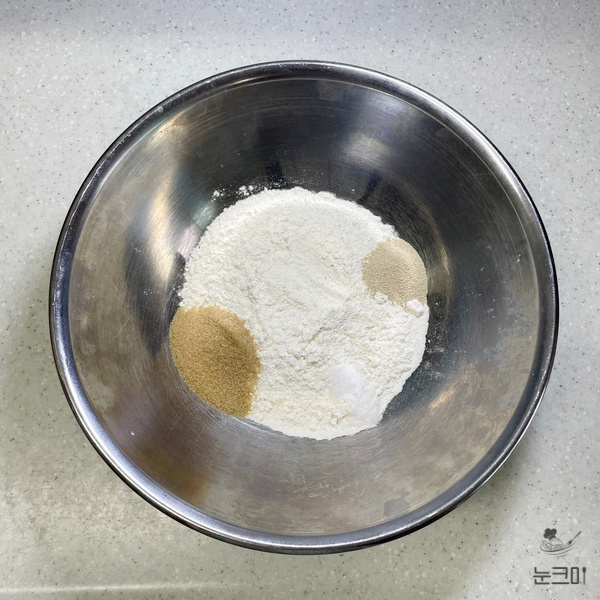 STEP 2/19Cover sugar and salt yeast with flour, then add milk and water.
STEP 2/19Cover sugar and salt yeast with flour, then add milk and water.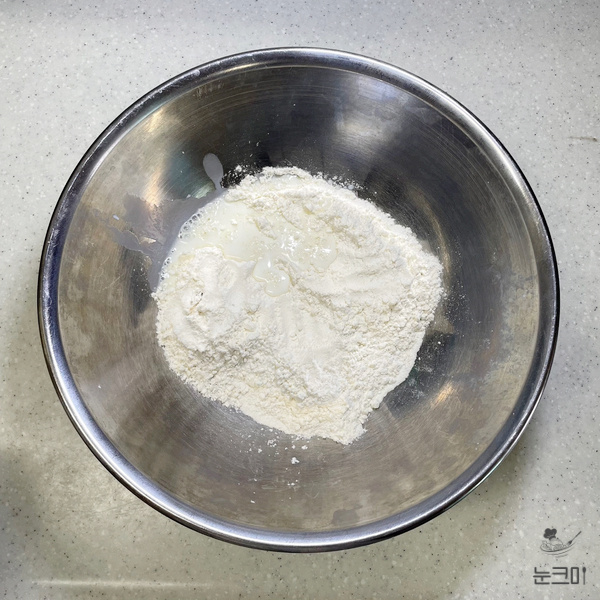 STEP 3/19Mix the ingredients with a spatula, fold and unfold with your hands, and knead the dough to make the surface smooth.
STEP 3/19Mix the ingredients with a spatula, fold and unfold with your hands, and knead the dough to make the surface smooth.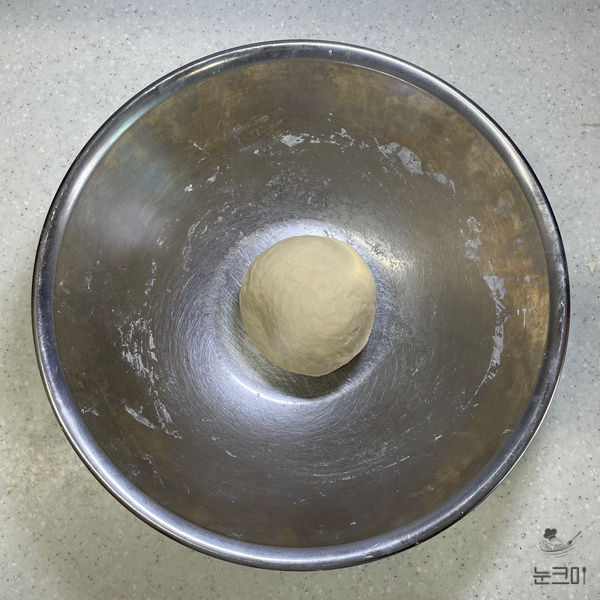 STEP 4/19Put butter on top of it and knead it in the same way.
STEP 4/19Put butter on top of it and knead it in the same way.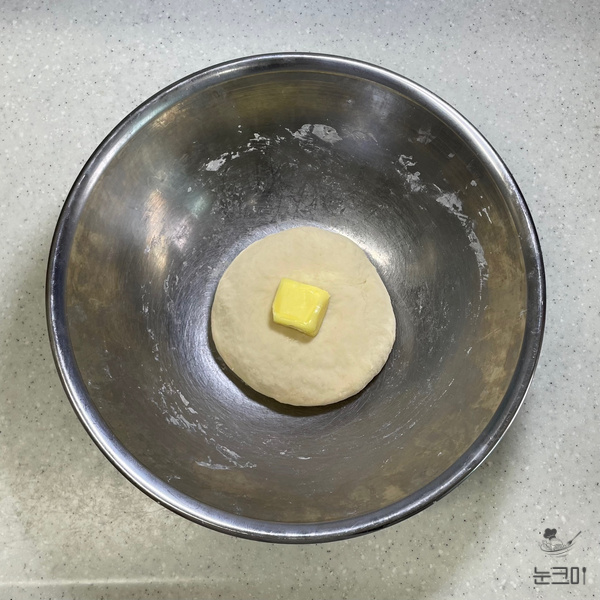 STEP 5/19Repeat folding and unfolding so that gluten can form well, and then toss it from top to bottom to knead the dough.
STEP 5/19Repeat folding and unfolding so that gluten can form well, and then toss it from top to bottom to knead the dough.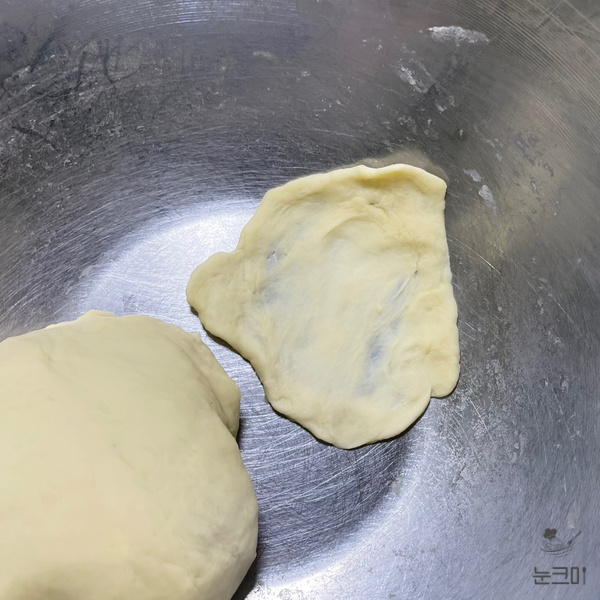 STEP 6/19Cover the finished dough with plastic wrap or wet cloth and ferment it for about 50 minutes.
STEP 6/19Cover the finished dough with plastic wrap or wet cloth and ferment it for about 50 minutes.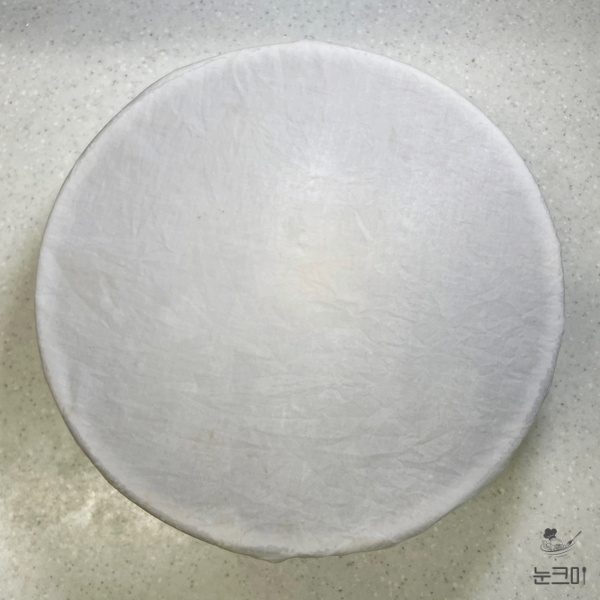 STEP 7/19After the first fermentation, check if the dough is 1.5 to 2 times larger.
STEP 7/19After the first fermentation, check if the dough is 1.5 to 2 times larger.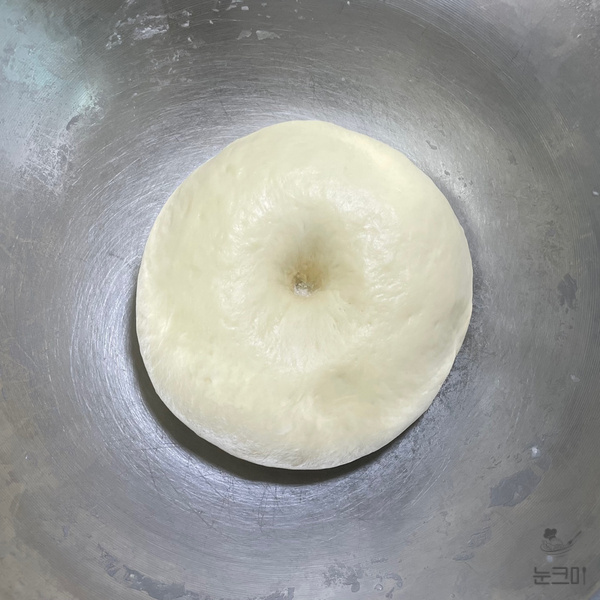 STEP 8/19Divide it into 6 pieces and put it on the palm of your hand and make a circle.
STEP 8/19Divide it into 6 pieces and put it on the palm of your hand and make a circle.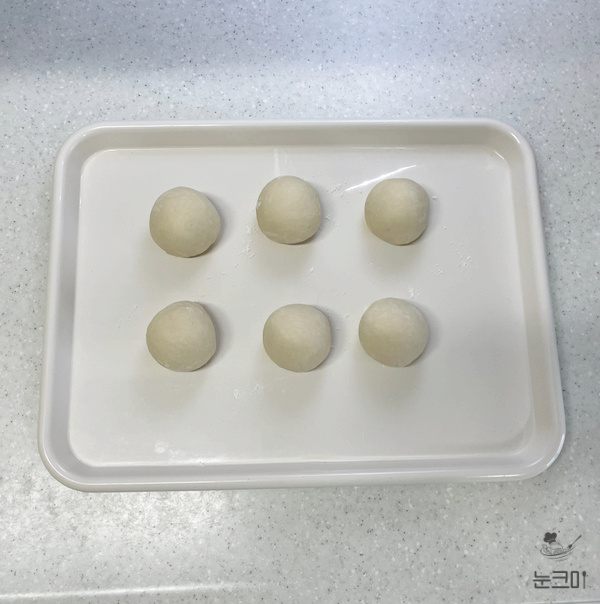 STEP 9/19Cover the dough with plastic wrap or wet cloth and ferment at room temperature for about 15 minutes.
STEP 9/19Cover the dough with plastic wrap or wet cloth and ferment at room temperature for about 15 minutes.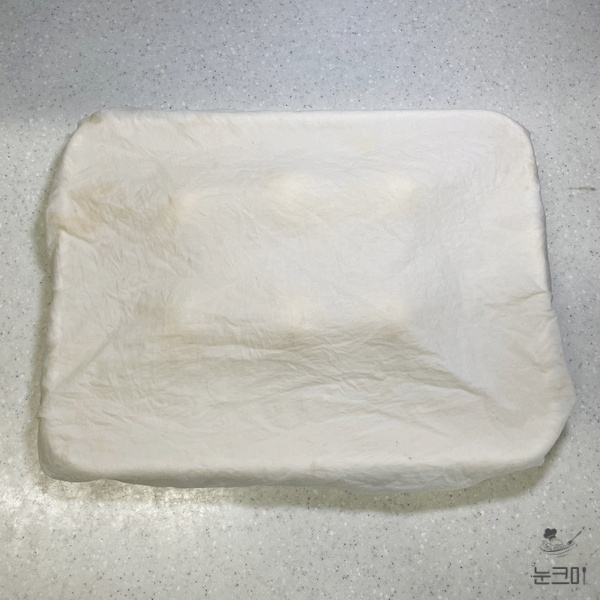 STEP 10/19Divide the salted butter into 6 pieces by 5g and put it back in the refrigerator.
STEP 10/19Divide the salted butter into 6 pieces by 5g and put it back in the refrigerator.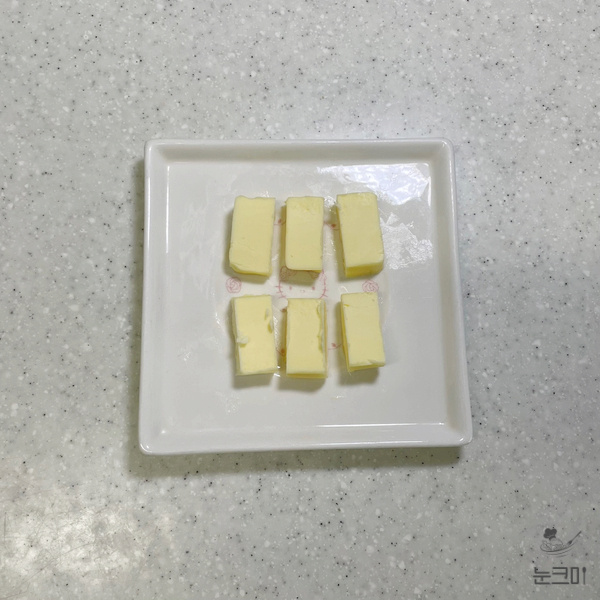 STEP 11/19After the intermediate fermentation, sprinkle plenty of strong flour on the workbench, press the dough to spread it flat, and form a droplet shape.
STEP 11/19After the intermediate fermentation, sprinkle plenty of strong flour on the workbench, press the dough to spread it flat, and form a droplet shape.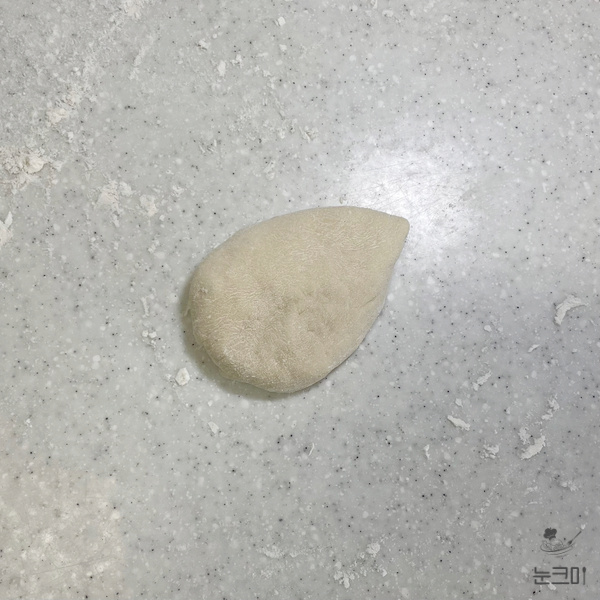 STEP 12/19Roll it with your palm to make it long.
STEP 12/19Roll it with your palm to make it long.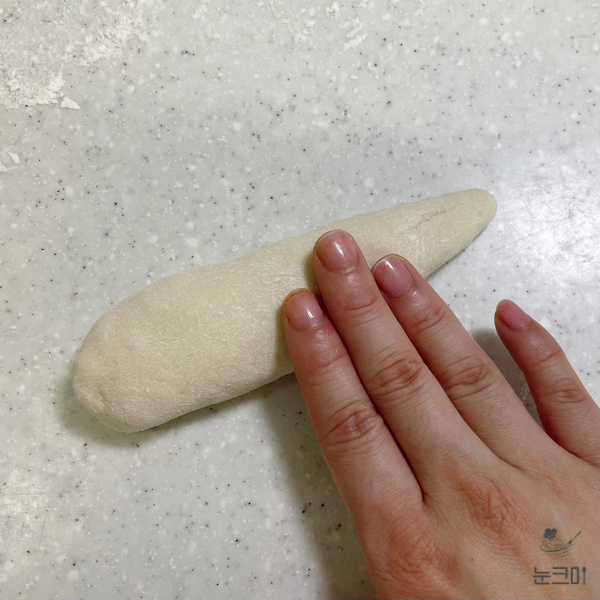 STEP 13/19Use a rolling pin to stretch it out to 25-27cm.
STEP 13/19Use a rolling pin to stretch it out to 25-27cm.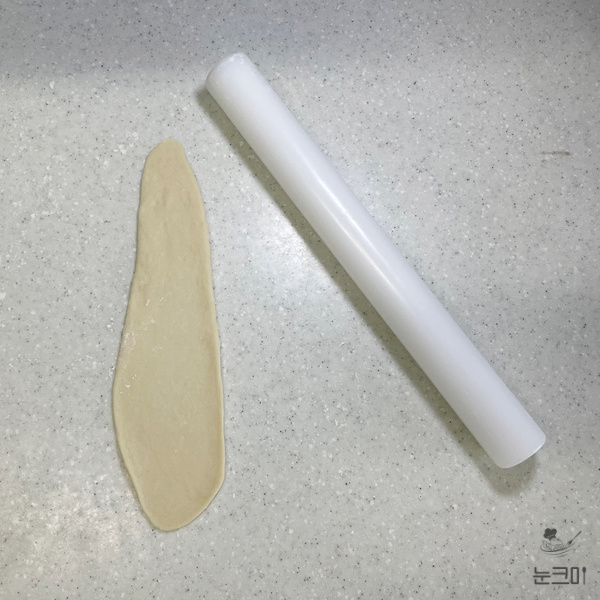 STEP 14/19Place the salted butter on the edge of the pushed dough.
STEP 14/19Place the salted butter on the edge of the pushed dough.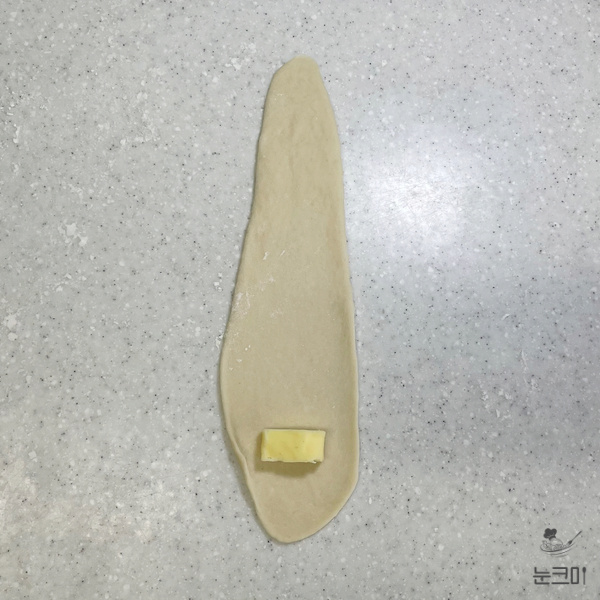 STEP 15/19Next, cover the butter, press it with your hands, roll it, and pinch the end so that it doesn't loosen.
STEP 15/19Next, cover the butter, press it with your hands, roll it, and pinch the end so that it doesn't loosen.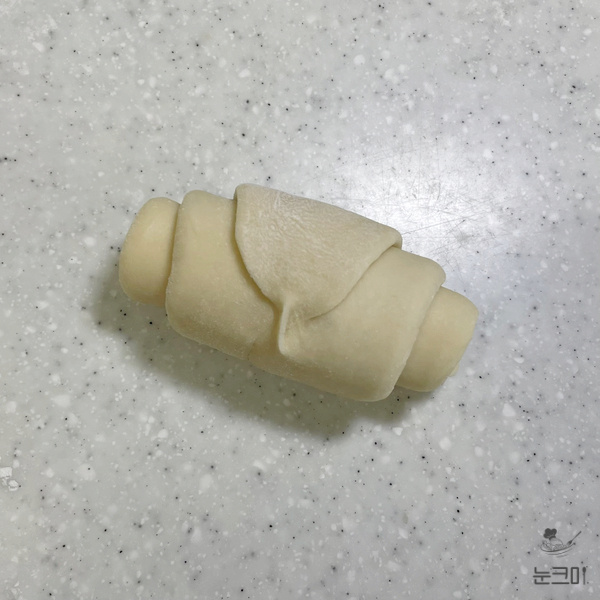 STEP 16/19Press down on both ends to block.
STEP 16/19Press down on both ends to block.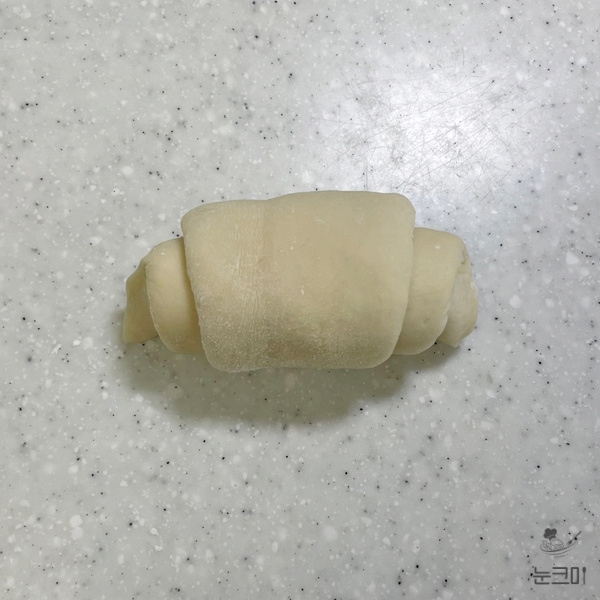 STEP 17/19Place the dough directly on the oven pan, cover it with plastic wrap or wet cloth, and ferment it for 40 to 50 minutes.
STEP 17/19Place the dough directly on the oven pan, cover it with plastic wrap or wet cloth, and ferment it for 40 to 50 minutes.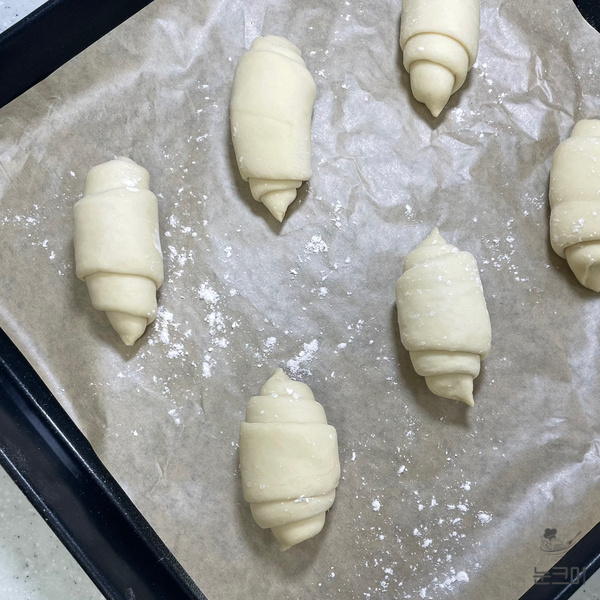 STEP 18/19After the second fermentation, apply a lot of milk on the top, put thick salt on it, put it in an oven preheated to 200 degrees, and bake it for 15 to 18 minutes.
STEP 18/19After the second fermentation, apply a lot of milk on the top, put thick salt on it, put it in an oven preheated to 200 degrees, and bake it for 15 to 18 minutes. STEP 19/19Each oven has different specifications, so bake for 15 minutes, see the color, and bake more.
STEP 19/19Each oven has different specifications, so bake for 15 minutes, see the color, and bake more.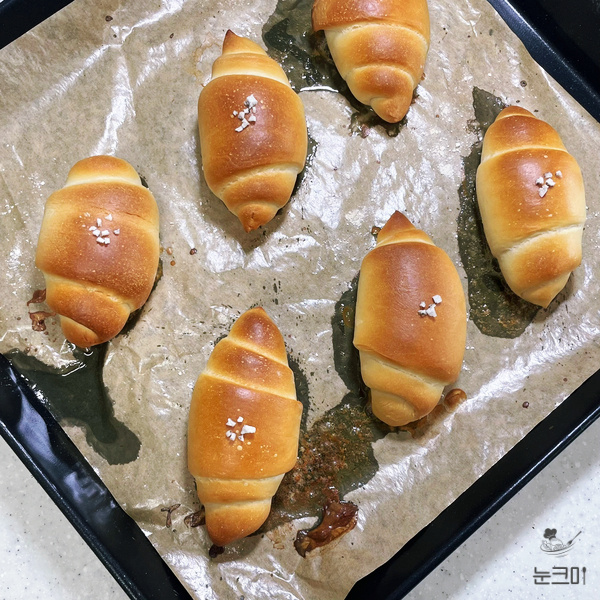 For bread fermentation, use the fermentation function in the oven or put warm water together in a non-working microwave oven and ferment it :)
For bread fermentation, use the fermentation function in the oven or put warm water together in a non-working microwave oven and ferment it :)
- Cooking review
-
5.00score
-

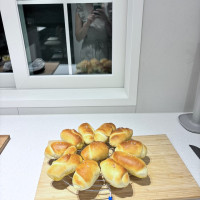 191*****scoreIt's so delicious. The kids love it Thank you for the recipe😊2024-10-02 09:45
191*****scoreIt's so delicious. The kids love it Thank you for the recipe😊2024-10-02 09:45 -

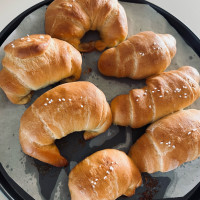 840*****scoreIt came out really well because I followed the recipe I'll enjoy it^^�2024-08-30 16:14
840*****scoreIt came out really well because I followed the recipe I'll enjoy it^^�2024-08-30 16:14 -

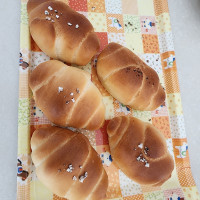 120*****scoreI made a wrong fermentation It was kind of stiff, but it tasted good I guess it took a long time to get salt It's a bit hard, so I shortened the time It was even better ^-^2023-12-15 21:44
120*****scoreI made a wrong fermentation It was kind of stiff, but it tasted good I guess it took a long time to get salt It's a bit hard, so I shortened the time It was even better ^-^2023-12-15 21:44 -

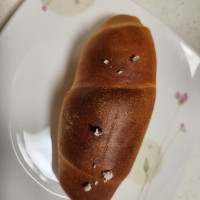 656*****scoreThere are a lot of salt bread recipes, but the delicious one is Noonkmi's. It's really good when you follow the recipe. Thank you for the recipe.2023-08-10 01:04
656*****scoreThere are a lot of salt bread recipes, but the delicious one is Noonkmi's. It's really good when you follow the recipe. Thank you for the recipe.2023-08-10 01:04 -

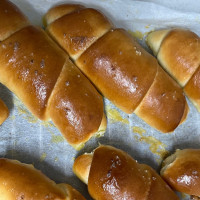 520*****scoreI made it with a different recipe, so I failed last time because of the dough, but I succeeded when I followed it like this. Maybe it's too long, but it's a long salt bun2023-07-31 23:07
520*****scoreI made it with a different recipe, so I failed last time because of the dough, but I succeeded when I followed it like this. Maybe it's too long, but it's a long salt bun2023-07-31 23:07
-
- Kimchi Recommended recipe
-
-
1
 Fried Kimchi Golden Recipe Kimchi Stir-Fried Kimchi4.89(434)
Fried Kimchi Golden Recipe Kimchi Stir-Fried Kimchi4.89(434) -
2
 How to make green onion kimchi sweetly and deliciously4.95(243)
How to make green onion kimchi sweetly and deliciously4.95(243) -
3
 Yeolmu Mul Kimchi (very simple ^^)4.93(56)
Yeolmu Mul Kimchi (very simple ^^)4.93(56) -
4
 It's deliciously cabbage kimchi4.98(52)
It's deliciously cabbage kimchi4.98(52)
-
- chicken Recommended recipe
-
-
1
 Seasoned chicken. Making seasoned chicken sauce4.67(6)
Seasoned chicken. Making seasoned chicken sauce4.67(6) -
2
 Fried and seasoned chicken4.86(7)
Fried and seasoned chicken4.86(7) -
3
 Imitating ZICOBA chicken 100%4.93(263)
Imitating ZICOBA chicken 100%4.93(263) -
4
 In vain... On the knife... On the knife!!!!!!Curry Oven Chicken5.00(8)
In vain... On the knife... On the knife!!!!!!Curry Oven Chicken5.00(8)
-

